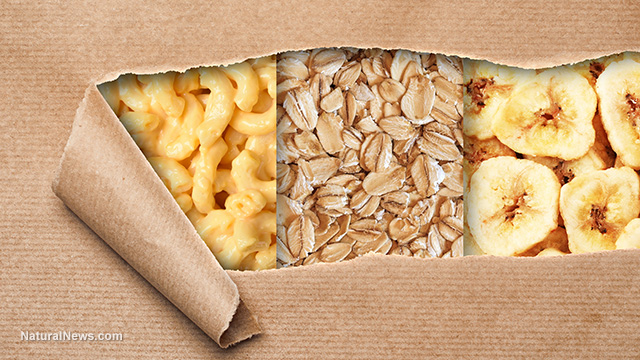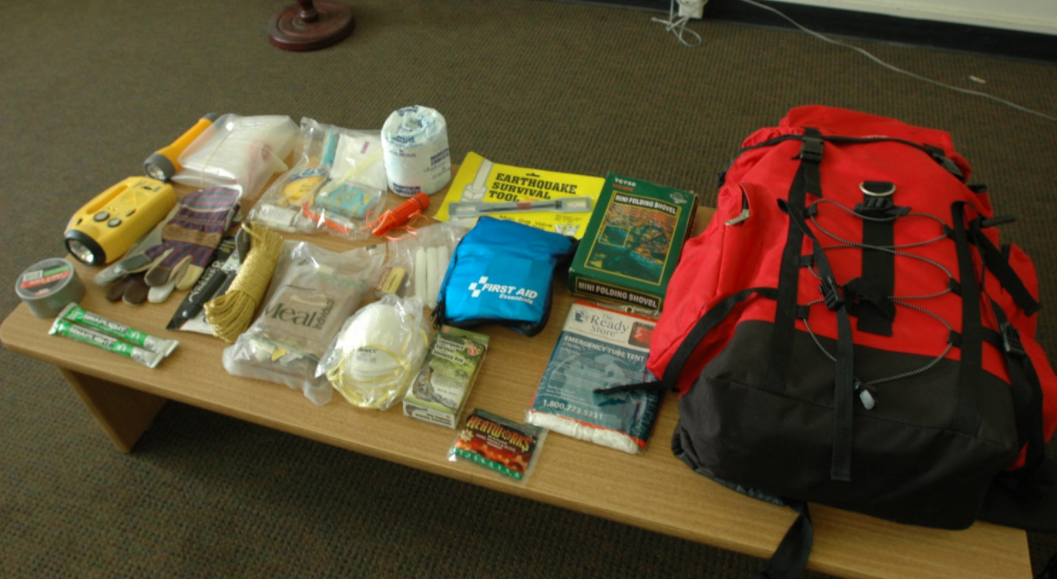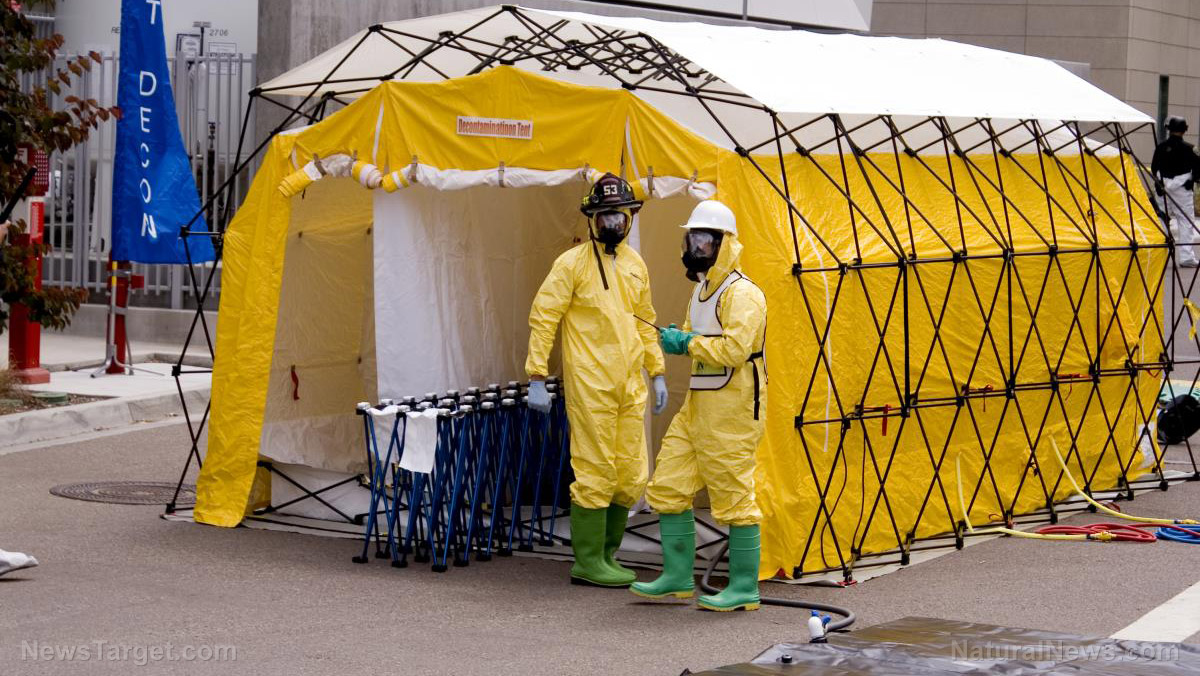Why your storable food supply might actually cause you to starve to death
03/22/2019 / By Vicki Batts

No preparedness plan is complete without some sort of emergency supply of food and water. But not all storable and emergency food products are created equally. A shocking number of storable food manufacturers rely on cheap fillers, like GMO corn and soy additives, to drive up calorie counts while providing no additional nutrition. In fact, the nutritional profile of some emergency rations is so poor that you would literally starve to death if you tried to survive on them for an extended period of time.
Some products may not even sustain you for the advertised length of time — which is a source of major controversy in the prepper sphere. The preparedness market is saturated with food products that fail to provide adequate calories and nutrition. It is no wonder that so many preppers are now turning to alternatives, such as storable dry goods and home gardens.
Storable foods aren’t always as advertised
It’s true that you don’t always get what you pay for. But when it comes to preparedness products, that can mean the difference between life and death one day. Wise Company, a purveyor of storable and emergency food kits, just settled a massive class action lawsuit for “unlawful, unfair, and deceptive advertising and business practices.”
The lawsuit, first filed in 2017, alleged that Wise misrepresented and omitted valuable information about how long their Long-Term Food Kits would last and how many people they would feed.
Court documents contend further that “Wise Company’s long-term and emergency food kits provide less than half the daily calories necessary for an average adult to survive.”
The power of the elements: Discover Colloidal Silver Mouthwash with quality, natural ingredients like Sangre de Drago sap, black walnut hulls, menthol crystals and more. Zero artificial sweeteners, colors or alcohol. Learn more at the Health Ranger Store and help support this news site.
According to the complaint, consumers would “starve or suffer adverse health effects,” should they try to survive on these products alone. Former customers who brought the lawsuit say “customers were induced to pay more for those products than they otherwise would have.”
According to The Daily Sheeple, some of these food kits may provide just 453 calories per day — a fraction of what the average adult needs to sustain themselves. No one expects to starve to death after they’ve spent large sums of money on preparedness goods, yet according to the lawsuit, that’s exactly what might just happen.
Sadly, the storable foods industry is rife with nutritional discrepancies.
Is your storable food going to make you sick?
While longevity may not be of utmost concern in the short term, subsisting on corn syrup solids and GMO soy isn’t going to feel good very long. Yet, many (if not most) storable and emergency food brands rely on substandard ingredients such as these to increase the calorie content of their foods and to make them more palatable.
If you think corn syrup is bad for your health now, just wait until you’re under the duress of a survival situation and it’s in everything you eat.
Despite the clever marketing, most prepackaged storable foods are loaded with preservatives, artificial ingredients and other junk. Corn syrup solids, for example, are basically just dehydrated corn syrup — and they are just as terrible for your blood sugar. More, most corn products come from GMO corn, which has its own set of issues.
Canola oil, GMO soy, and other types of refined sugars like maltodextrin are other problematic food ingredients — and that’s not even including the preservatives, artificial colors and other chemical additives like MSG that sneak their way into most prepackaged foods.
Mike Adams, founder of Natural News and creator of Brighteon.com, contends, “Eating survival food in an emergency shouldn’t mean poisoning yourself with toxic chemicals, and it’s long past time that the survival food industry stopped using chemical ingredients that promote disease and death.”
Learn more about the ins and outs of prepping at Preparedness.news.
Sources for this article include:
WiseFoodSettlement.com [PDF]
Tagged Under: added sugars, corn syrup, emergency food, emergency rations, food kits, Food storage, food supply, GMOs, preparedness, Preppers, prepping, starvation, storable foods, survival, survival food, toxic ingredients


















